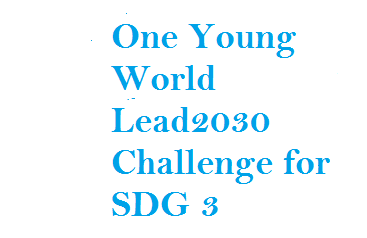- Six Reasons To Bring Millets To The Market!
- Hong Kong Court Makes Landmark Ruling Protecting Transgender Rights
- Substrate Promiscuity Of Fungi Generated Enzyme Laccase Shows Potential In Degrading Industrial Dye Effluents
- Union Minister Of Rural Development Holds A Meeting On ‘Cactus Plantation And Its Economic Usage’
- Ministry Of Tribal Affairs Organised One Day Mega Health Camp ‘Abua Bugin Hodmo-Our Better Health’ At Saraikela Kharsawan, Jharkhand
- Blue Flag Standards For Beaches In The Country
- India-Namibia Sign An MoU On Wildlife Conservation And Sustainable Biodiversity Utilization
- Hydrophobic Ingredients, In Combination With Obsolete Antibiotics, Can Counter Multidrug-Resistant Bacteria
- Promoting Cultivation Of Kala Namak Paddy
World Day for Safety and Health at Work
Posted by: 2022-04-28 05:26:12 , By Admin
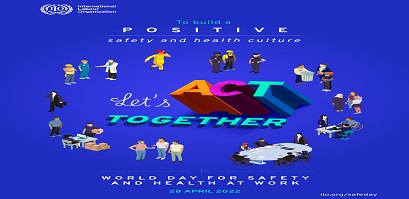
Act together to build a positive safety and health culture
Throughout the COVID-19 pandemic, we have seen that having a strong OSH system, which includes meaningful participation of governments, employers, workers, public health actors and all relevant parties at the national and enterprise level, has been crucial in protecting working environments and safeguarding the safety and health of workers.
Through effective social dialogue, governments and social partners actively participate in all phases of OSH decision-making processes. This is important from the development and revision of OSH policy and regulatory frameworks to address persistent and new OSH challenges, to actual application at workplace level. Social dialogue not only contributes to improving OSH policies and strategies, but it is also essential to build ownership and commitment, easing the way for their rapid and more effective implementation.
At the workplace level, a strong OSH culture is one in which the right to a safe and healthy working environment is valued and promoted by both management and workers. A positive OSH culture is built on inclusion, through the meaningful involvement of all parties in the ongoing improvement of safety and health at work. In a workplace with a strong OSH culture, workers feel comfortable raising concerns about possible OSH risks or hazards in the workplace and management is proactive in collaborating with workers to find appropriate, effective and sustainable solutions. This requires open communication and dialogue built on trust and mutual respect.
As we continue to live through a global health crisis and face ongoing OSH risks in the world of work, we must continue to move toward building a strong safety and health culture at all levels.
Background
In 2003, the International Labour Organization (ILO), began to observe World Day in order to stress the prevention of accidents and diseases at work, capitalizing on the ILO's traditional strengths of tripartism and social dialogue.
This celebration is an integral part of the Global Strategy on Occupational Safety and Health of the ILO, as documented in the Conclusions of the International Labour Conference in June 2003. One of the main pillars of the Global Strategy is advocacy, the World Day for Safety and Health at Work is a significant tool to raise awareness of how to make work safe and healthy and of the need to raise the political profile of occupational safety and health.
28 April is also the International Commemoration Day for Dead and Injured Workers organized worldwide by the trade union movement since 1996.
Prevention of occupational accidents and diseases
The annual World Day for Safety and Health at Work on 28 April promotes the prevention of occupational accidents and diseases globally. It is an awareness-raising campaign intended to focus international attention on the magnitude of the problem and on how promoting and creating a safety and health culture can help reduce the number of work-related deaths and injuries.
Each of us is responsible for stopping deaths and injuries on the job. As governments we are responsible for providing the infrastructure — laws and services — necessary to ensure that workers remain employable and that enterprises flourish; this includes the development of a national policy and programme and a system of inspection to enforce compliance with occupational safety and health legislation and policy. As employers we are responsible for ensuring that the working environment is safe and healthy. As workers we are responsible to work safely and to protect ourselves and not to endanger others, to know our rights and to participate in the implementation of preventive measures.
Emerging risks at work
New and emerging occupational risks may be caused by technical innovation or by social or organizational change, such as:
New technologies and production processes, e.g. nanotechnology, biotechnology
New working conditions, e.g. higher workloads, work intensification from downsizing, poor conditions associated with migration for work, jobs in the informal economy
Emerging forms of employment, e.g. self-employment, outsourcing, temporary contracts
They may be more widely recognized through better scientific understanding, e.g. the effects of ergonomic risks on musculoskeletal disorders.
They may be influenced by changes in perceptions about the importance of certain risk factors, e.g. the effects of psychosocial factors on work-related stress.
We have learned from past crisis that workplaces can be of vital importance to prevent and control outbreaks. Adequate safety and health measures at work can play a crucial role in containing the spread of the disease, while protecting workers and society at large. Governments, employers and workers all have a role to play in tackling COVID-19 crisis, and their collaboration is key.
Read more: Click Here
You may like similar blogs
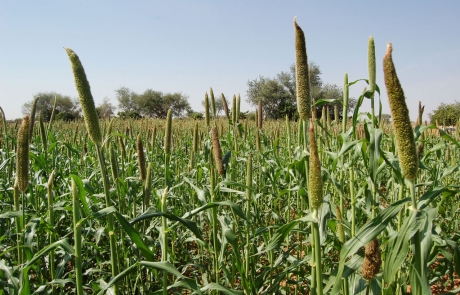
Six reasons to bring millets to the market!
Deadline: 2023-03-20 06:26:22
We may be small, but we are strong. We grow where others cannot. We nurture soils and ecosystems, an...
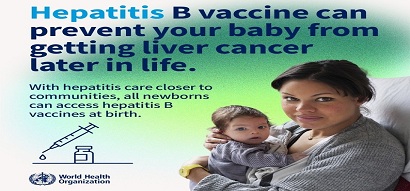
World Hepatitis Day
Deadline: 2022-07-28 07:43:43
World Hepatitis Day is observed each year on 28 July to raise awareness of viral hepatitis, whic...

Scheme for National Corporate Social Responsibility (CSR) Awards, 2022
Deadline: 2022-07-20 05:29:49
National Corporate Social Responsibility Awards (NCSRA) – 2022
1.Objectives of National CSR ...

Ayurvedic medicines in tribal areas
Deadline: 2022-03-26 05:43:16
The Ministry of Ayush has established Central Council of Research in Ayurvedic Sciences (CCRAS), New...
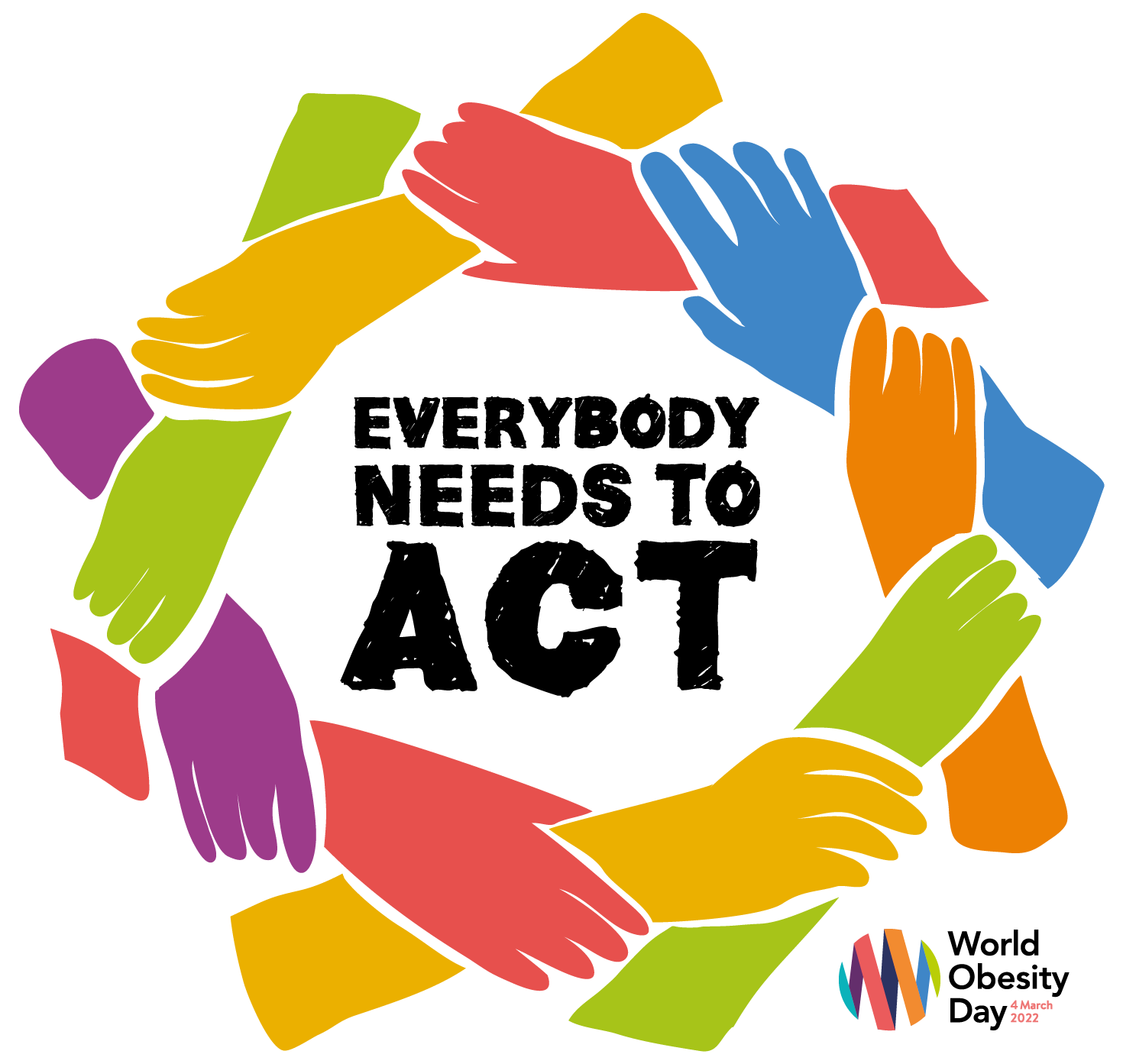
Top foods to shed kilos and keep obesity at bay
Deadline: 2022-03-04 01:21:37
Being obese can literally kill you, confirm studies. People who suffer from extreme obesity may shor...



